Color Psychology-color tool for psychological insights.
AI-powered Color Psychology insights.
Blue
Red
Green
Brown
Related Tools
Load More
Personal Color Analysis
Personal color analyst helping you find your best colors

Colorbot | Your Personal Color Analysis
Find your best hues based on skin tone, hair shade, eye color, and photo.

Color Palette
Professional color palette generator that will offer a modern combination of colors. It will generate a preview image, and will create HEX codes to help in the design process.

Brand Color Palette & Brand Kit generator
Create amazing brand color palettes and brand kits

Personal Color Analysis Service
Find out your own personal color and corresponding color palette

Mr Psych
Expert in psychology, adept at explaining concepts to diverse age groups.
20.0 / 5 (200 votes)
Introduction to Color Psychology
Color psychology is the study of how colors affect human behavior, emotions, and perceptions. It delves into the nuances of how different hues influence our mental state and decision-making processes. For instance, the color red can evoke feelings of passion and urgency, while blue often induces a sense of calm and trust. This field of study is not only grounded in psychological theories but also takes into account cultural and contextual factors. A classic example is the use of red in marketing to stimulate appetite and draw attention, as seen in fast-food branding. In contrast, blue is often employed in corporate settings to promote productivity and tranquility.

Main Functions of Color Psychology
Marketing and Branding
Example
Companies use specific colors in their logos and advertisements to evoke desired emotions and associations. For instance, green is often used by brands like Starbucks to convey a sense of health, growth, and sustainability.
Scenario
A new eco-friendly product line might use green packaging to appeal to environmentally conscious consumers.
Interior Design
Example
Colors are chosen for interior spaces to influence mood and productivity. Blue is frequently used in offices to increase concentration and calmness.
Scenario
A company redesigning its office space might choose blue tones for meeting rooms to enhance focus and reduce stress during discussions.
Therapeutic Environments
Example
Hospitals and wellness centers often use specific colors to promote healing and relaxation. Soft greens and blues are common choices to create a peaceful atmosphere.
Scenario
A hospital might paint its recovery rooms in soft green to help patients relax and recover more quickly.
Ideal Users of Color Psychology Services
Marketing Professionals
These users benefit from understanding how to use color to influence consumer behavior and enhance brand identity. By applying color psychology principles, they can create more effective marketing campaigns that resonate with target audiences.
Interior Designers
Interior designers use color psychology to craft spaces that evoke the desired emotions and functionality. Whether designing a calming home environment or a stimulating office, their choices in color can significantly impact the mood and productivity of the inhabitants.
Healthcare Providers
Healthcare providers, including hospital administrators and therapists, utilize color psychology to improve patient outcomes. By creating environments that promote relaxation and healing, they can enhance the overall patient experience and support mental well-being.

How to Use Color Psychology
Visit aichatonline.org for a free trial without login, no need for ChatGPT Plus.
Start by visiting the website to access the free trial and explore the tool without any prerequisites.
Understand the Basics of Color Psychology
Familiarize yourself with the fundamental concepts of color psychology. Read through the provided materials and resources to gain a foundational understanding.
Identify Your Goals and Audience
Determine the specific goals you want to achieve with color psychology. Whether it's for marketing, design, or personal use, understanding your target audience is crucial.
Apply Color Theory
Utilize the principles of color theory to choose appropriate color schemes. Consider factors such as color harmony, contrast, and the psychological effects of different colors.
Analyze and Adjust
Monitor the impact of your color choices and make adjustments as needed. Use analytics and feedback to refine your approach and achieve the desired psychological effects.
Try other advanced and practical GPTs
Choose Flower
AI-powered custom bouquet visualizations
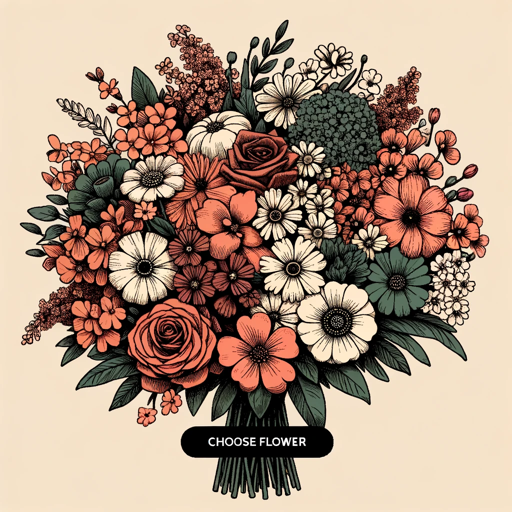
Data Sage
AI-powered insights at your fingertips

Albert Einstein
AI-powered insights inspired by Einstein.
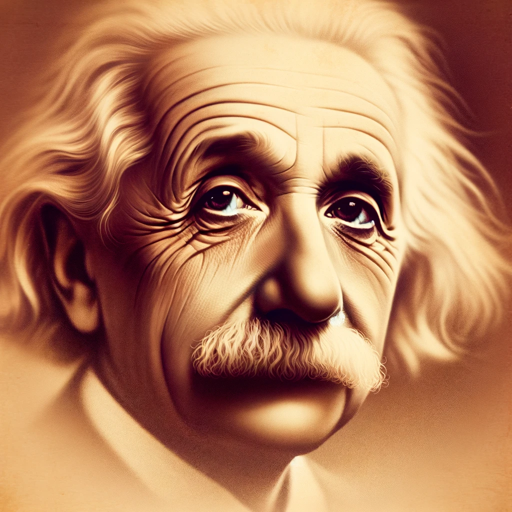
LawGPT
AI-Powered Legal Assistance for Lawyers

Udemy Course Assistant
AI-Powered Tool for Course Creation
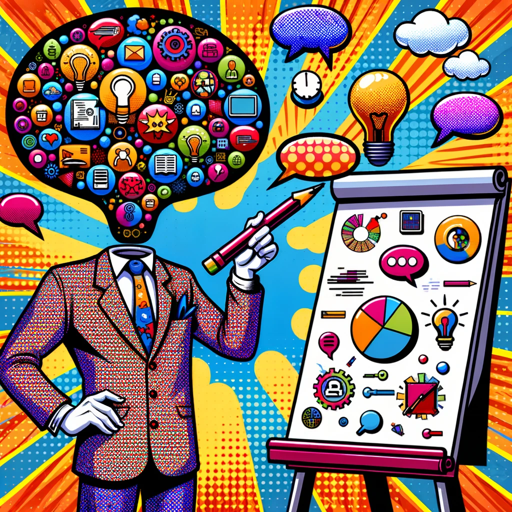
Photo Realist GPT
AI-Powered Hyper-Realistic Image Creation
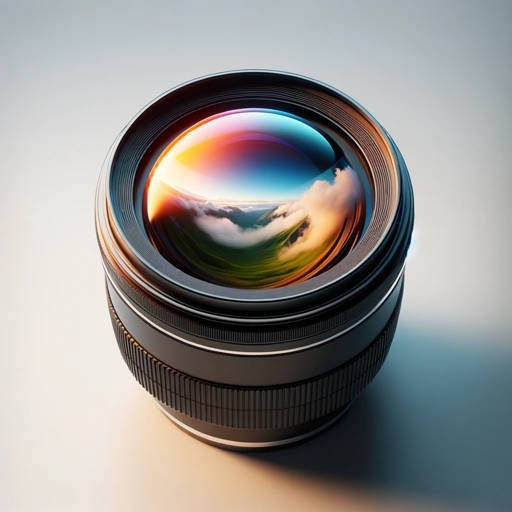
Sol Mate ☀️
AI-powered weather with a smile.

英文校正GPT
AI-powered precision for academic excellence.

Ace Copy
Transform Your Content with AI
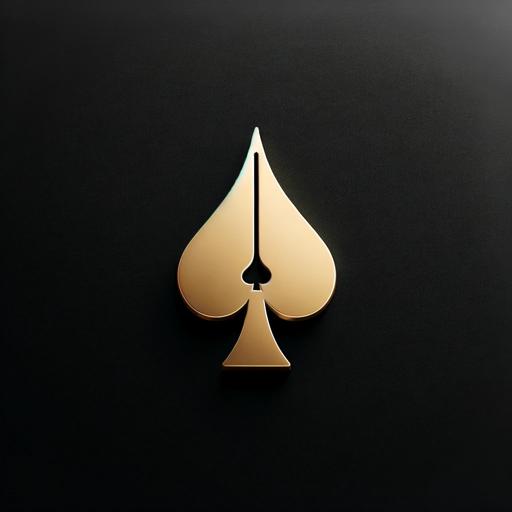
Vinted Product Description
AI-powered vintage item descriptions
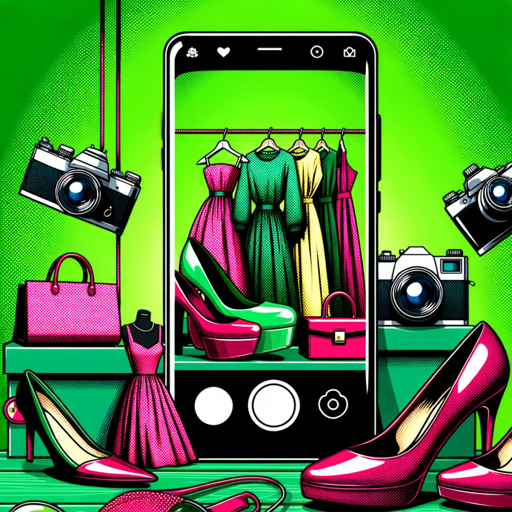
Personal Trainer with Common Sense
AI-powered Personal Trainer and Nutritionist

Job Interview Coach
AI-Powered Interview Practice and Feedback.
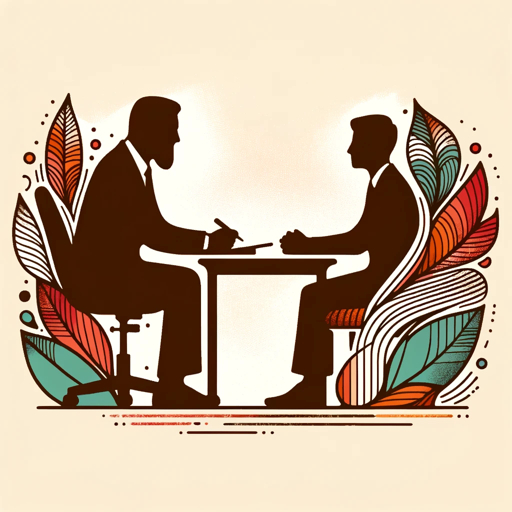
- Marketing
- Branding
- Design
- Therapy
- Interiors
Color Psychology Q&A
What is Color Psychology?
Color psychology is the study of how colors affect human behavior and emotions. It explores how different colors can influence perceptions, moods, and reactions in various contexts.
How can businesses use Color Psychology?
Businesses can use color psychology in branding, marketing, and product design to influence consumer behavior. For example, using blue can evoke trust and professionalism, while red can create a sense of urgency or excitement.
What are some common color associations?
Common color associations include red with passion and danger, blue with calm and trust, green with nature and growth, yellow with happiness and energy, and black with sophistication and power.
How does Color Psychology affect marketing?
In marketing, color psychology is used to create emotional connections with consumers. Colors can attract attention, convey messages, and influence purchasing decisions. For example, fast-food chains often use red and yellow to stimulate appetite and urgency.
Can Color Psychology be applied in personal spaces?
Yes, color psychology can be used in personal spaces to create desired atmospheres. For instance, using calming colors like blue and green in bedrooms can promote relaxation and better sleep, while vibrant colors like orange and yellow can energize living spaces.